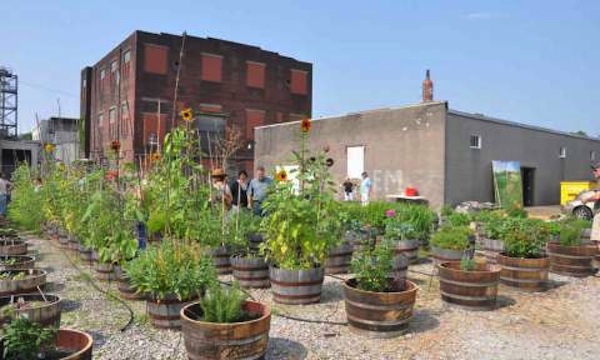Farmers Turn To GMO-Free Crops To Boost Income
When Justin Dammann enters his southwestern Iowa cornfield this month, the 35-year-old farmer will sow something these 2,400 acres have not seen in more than a decade — plants grown without genetically modified seeds.
The corn, which will head to a processor 20 miles down the road this fall, will likely make its way into tortilla shells, corn chips and other consumable products made by companies taking advantage of growing consumer demand for food without biotech ingredients.
For Dammann and other Midwest farmers, the burgeoning interest in non-GMO foods has increased how much they get paid to grow crops in fields once populated exclusively with genetically modified corns and soybeans. The revenue hike is a welcome benefit at a time when lower commodity prices are pushing farm income down to what's expected to be the lowest level in six years.














